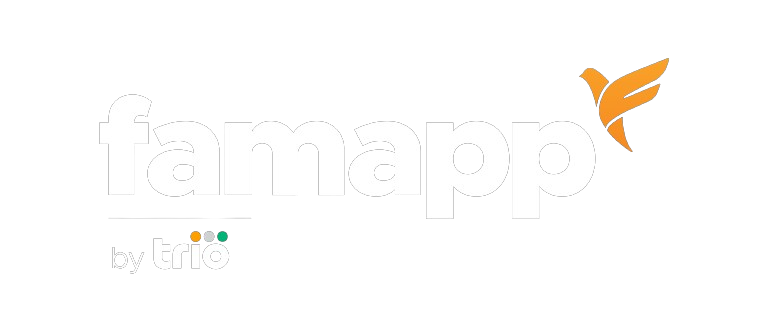Understanding How Digital Gold Works: A Simple Guide

For starters
Before diving into investing in any commodity, it's crucial to understand the dynamics of 'buy' and 'sell' prices, price spreads, and the rationale behind them.
Whether you have prior experience in investment or not, when engaging in precious metals investment or commodity trading such as DigiGold, you'll encounter two key parameters: the 'sell' and 'buy' prices.
What do these prices signify, and why is the 'sell' price consistently lower than the 'buy' price across all commodities? Let's delve into it.
Understanding 'Buy' and 'Sell' Prices
The 'buy' or 'bid' price is what you pay to acquire a share or any commodity, while the 'sell' or 'ask' price is what you receive upon selling that share or commodity.
The 'buy' price is what you'll pay when you wish to buy some gold. It's like the price tag on that PS5 you've been eyeing.
Now, the 'sell' price is what you'll get when you decide to part ways with your digital gold. It's like selling your old pokemon cards to make some extra cash.
Price Spread
The difference between the 'buy' and 'sell' prices of DigiGold represents the commission paid to brokers or intermediary entities facilitating your trades, known as the 'spread'. You know, like when you order food delivery and there's a small extra charge? Same idea here.
Despite electronic connectivity between buyers and sellers, human involvement in this trade invokes compensation. The spread typically centres around the market price, which falls between the buy and sell prices.
The 'buy' price of your DigiGold will always exceed its 'sell' price, with the price you pay or receive fluctuating slightly from the market price due to this spread.
Illustrating the Spread with an example
Imagine you're at your school fair where all the students are trading snacks. You have a delicious chocolate bar you want to sell, and your friend is interested in buying it.
The 'buy' price is what your friend is willing to pay you for the chocolate bar. Let's say they offer you 20 rupees.
Now, if you decide to sell the chocolate bar to your friend, you'll agree on a 'sell' price, which might be a bit lower than what they're willing to pay. So, let's say you agree to sell it for 15 rupees.
The difference between what your friend is willing to pay (20 rupees) and what you agree to sell it for (15 rupees) is the 'spread'. In this case, it's 5 rupees.
Now, why is the 'sell' price lower than the 'buy' price? Well, think of it this way: when you're selling something, you want to make it attractive to buyers, so you might offer a slightly lower price to encourage them to buy it. On the other hand, when you're buying something, you're willing to pay a bit more to get what you want.
So, in the end, the 'spread' helps to balance the interests of both the buyer and the seller in a trade.
Just like at the school fair, in the financial world, there are similar 'buy' and 'sell' prices for different things like stocks, gold, or even digital items in online games. Understanding these prices and the spread between them can help you make smart decisions when buying or selling things in the future!
But if the sell price is always lower than the buy price, how is it a beneficial commodity to invest in? This is not always the case. The buying and selling prices for digital gold are carefully regulated to make sure everything's fair and square.
Let’s understand this using an example -
Imagine you're trading Pokémon cards with your friends. You've got your Charizard, and someone else has a Pikachu. You both agree to trade, but maybe you throw in a couple of extra cards to sweeten the deal. That's kinda how buying and selling digital gold works – it's all about finding that fair exchange.
And just like in the Pokémon world, prices can go up and down depending on all sorts of things. Maybe there's a new game coming out that everyone is hyped about, or maybe there's a limited edition card that everyone is scrambling to get. Same deal with digital gold – supply, demand, and other market factors can all influence the prices. Note that the demand grows when buyers outnumber sellers, and prices rise as a result. When the number of sellers outnumber the number of buyers, supply rises while demand and price fall.
Factors Affecting Price Spread in Gold
Gold, like any traded commodity, experiences a buy-sell spread influenced by factors such as price volatility, supply, external market conditions, and additional expenses like GST and handling fees in digital gold transactions.
Closing Thoughts
Understanding the dynamics of buy and sell prices, price spreads, and their implications across various commodities is crucial for informed investing and trading decisions.
Hope you found this useful, Happy trading!


